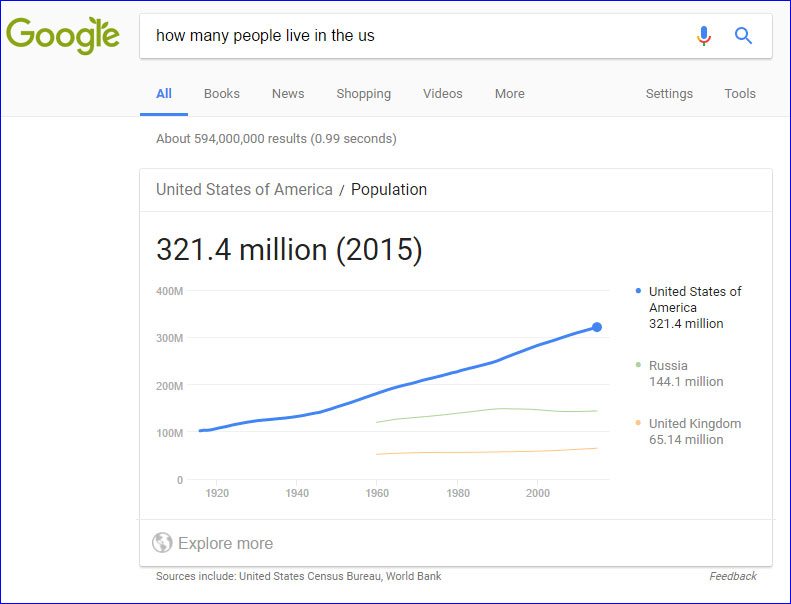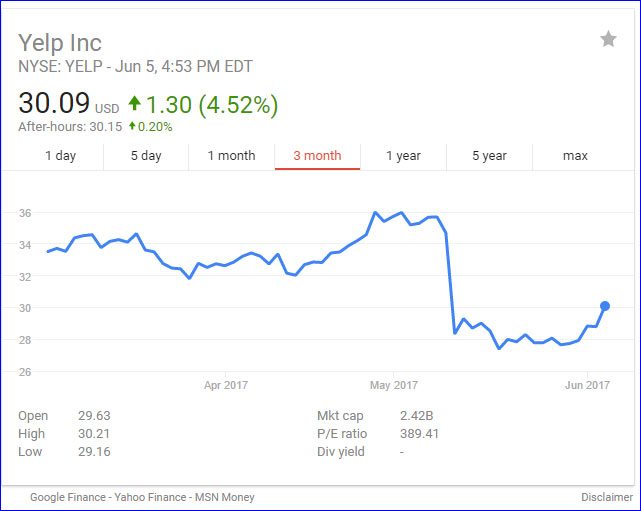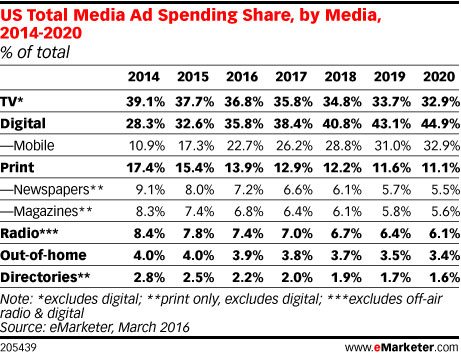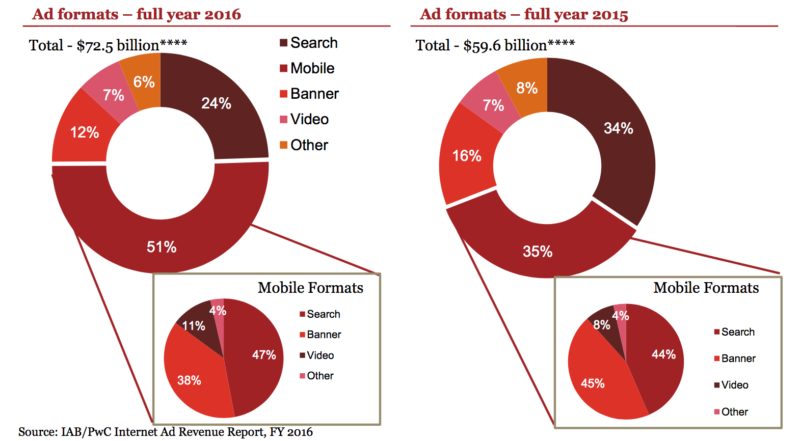Monthly Industry Roundup: June 2017
Location3 News: With May came one of our favorite days of the year as well as the launch of a new video blog series. On May 12, we made our way to A-Basin for Ski Day 2017! A pristine Colorado sky kept us out on the slopes well into the afternoon. Here’s a brief recap and photo gallery of the day’s festivities.
Just a few days later, we debuted our new video blog series, “The Chairman’s Corner”, an open forum for Location3 Chairman Andrew Beckman to discuss his passion for any and all things local search marketing.
WHAT’S HAPPENING IN SEO?
Dos and Don’ts of Google Answer Box

Search Engine Watch’s Wayne Cichanski shares his insight on Google’s Answer Box, a rich snippet that brands are beginning to target. Analysis from Cichanski’s team at iQuanti shows a 32.3-percent click-through rate for pages included in the Google Answer Box. That means securing this spot in the SERP is becoming a high priority for brands everywhere. So how do you claim this territory? Here are a few tips:
- Understand which keywords are triggering an answer box
- Understand what question is being answered
- Include several answer elements to increase “score” determined by Google algorithm (i.e. tables, charts, related answers)
3 Logical Myths About Rankings
Dave Davies of Search Engine Land has seen intelligent people make incorrect assumptions about SEO rankings, and he thinks these assumptions could do some serious damage to businesses. Here are his three myths:
- All organic traffic is created equal
- It’s important to outrank your competitors
- Keyword tools are accurate.
Davies stresses that raw numbers don’t always tell the whole story, and we should be careful to understand how we arrive at specific goals: “…if the principles and data that the efforts were based on are incorrect or misunderstood, then the results can be as catastrophic as if the campaign had simply failed.”
WHAT’S HAPPENING IN LOCAL?
What Does Voice Search Mean For Your Local SEO Strategy?

Voice search is on the rise – 60 percent of users who used voice search had started using it in the past year, and Google voice search queries in 2016 were up 35 times over 2008, now making up 20 percent of searches made with the Google Android app. Word accuracy rates are also rising, with most above 90 percent accurate (this was a major factor in people adopting the technology).
It’s important that your local SEO strategy is adjusted to accommodate this change in how consumers are using search. Here are a few strategies for taking advantage of the change, according to Chris Camps, a contributor to Search Engine Watch:
- Target long-tail and natural language keywords in content
- Optimize your site for mobile
- Improve your local SEO to target searches with local intent
- Verify your Google My Business listing
- Use a consistent name, address, and phone number
- Acquire and maintain positive reviews
For more in-depth analysis, Location3 President Alex Porter shares his thoughts on voice search here.
Yelp Shares Tumble In Light Of Q1 Earnings Report

After reporting its first-quarter earnings in early May, Yelp shares took a nosedive, dropping 25 percent. The drop coincided with a report that the crowd-sourced review company downgraded its 2017 revenue projections from $880 million-$900 million to $850 million-$865 million. The relatively small downgrade was perhaps seen as another sign of limited growth potential as Apple Maps and Google turn up the competition.
WHAT’S HAPPENING IN DISPLAY?
Digital Ad Spend to Surpass TV Ad Spend for First Time

As digital ad spend continues to take a bigger piece of the advertising pie, the television industry is looking for ways to adjust the way it buys and sells ads. National networks have embraced programmatic ads, but local stations have yet to adopt automation. Phillip Rosenstein of MediaPost writes:
“The often manual process of looking up ratings on Nielsen or comScore, and mistakes caused by human error when placing an ad at the wrong time or on the wrong show, are strong examples of why local TV ad buying and selling can and should take advantage of automation.”
Toronto Company Allows Marketers to Target Based on Social Media Images
Cluep, a company out of Canada, has developed ad targeting technology that allows it to follow consumer behavior based on images posted on social media. Cluep has worked with Under Armour, Coca-Cola, McDonald’s, and several other ad giants to target consumers based on the products they post to Facebook, Instagram, and Twitter.
For example, if a user posted on Instagram an image of Lebron James’ new basketball shoes, they would be targeted on their mobile devices with basketball-related products after leaving the social media app.
WHAT’S HAPPENING IN PPC?
Paid Search Nearly Half of Total Digital Spend in 2016

According to an Interactive Advertising Bureau report, $35 billion was spent on paid search advertising in 2016. Total digital ad spending was $72.5 billion in 2016, an increase of 22 percent from 2015.
Have any questions or thoughts about these updates? Let us know in the comments below, or tweet us @Location3.
Stay In Touch.
Subscribe to our monthly email newsletter.
